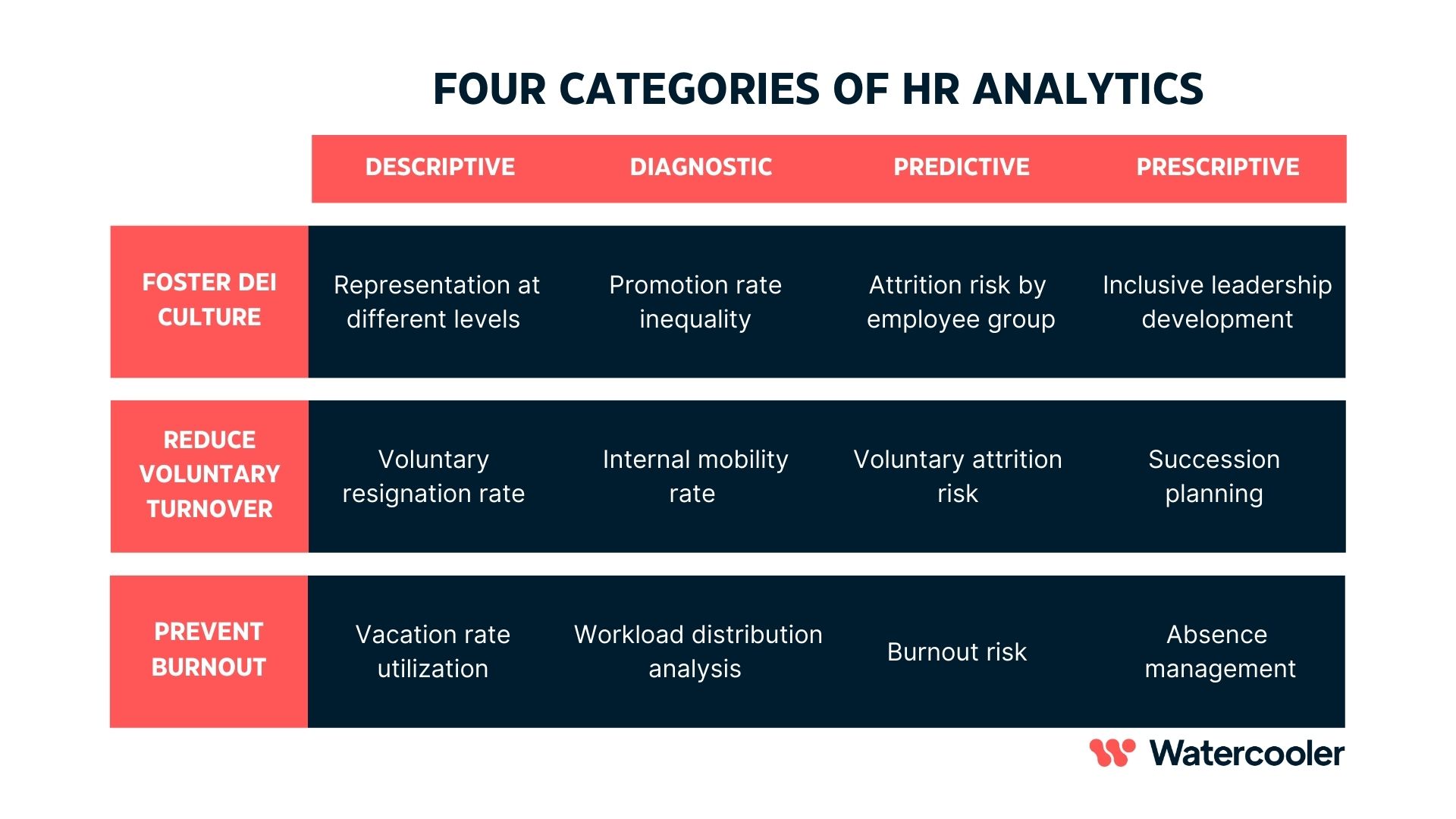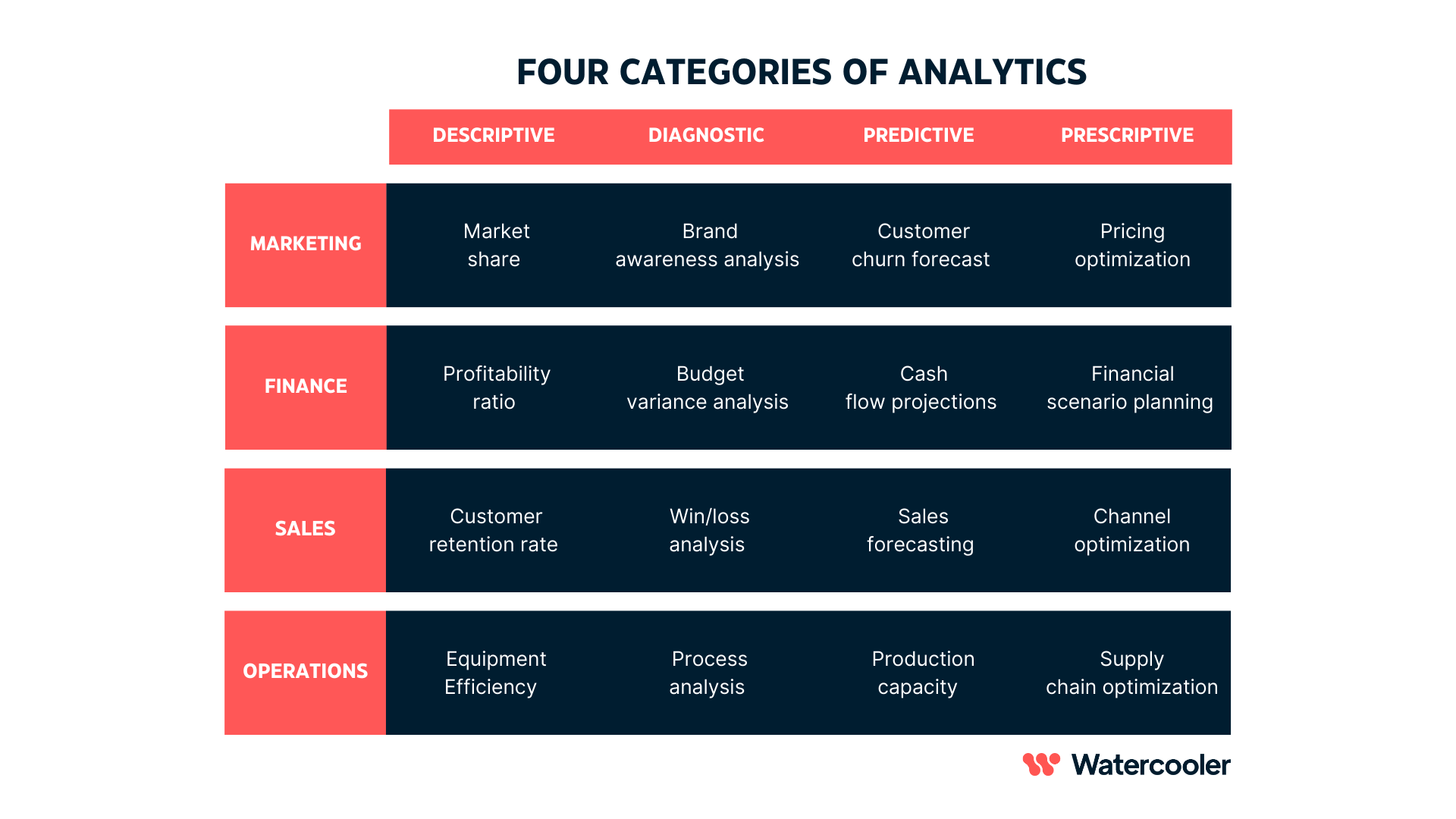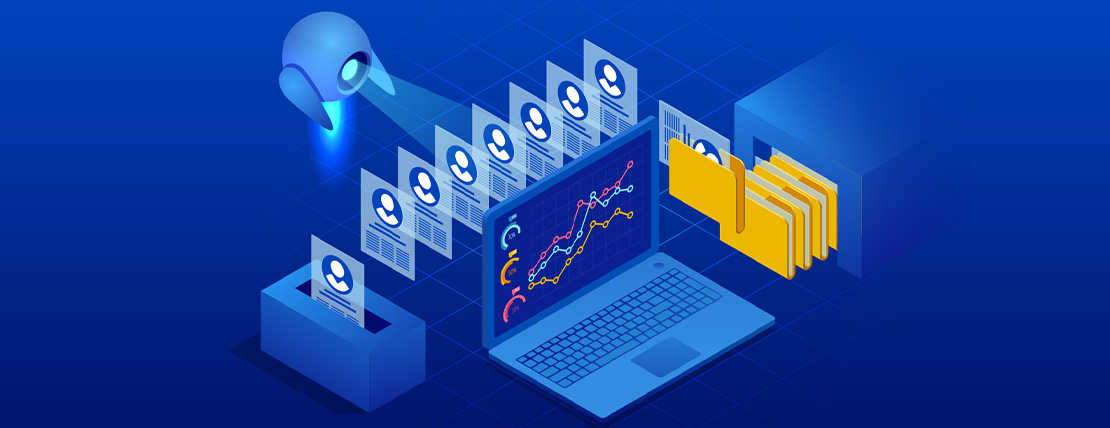There’s no denying that we are living in an era of artificial intelligence (AI). Organizational functions such as finance and treasury apply AI in the continuous calculation of the cost of capital and the use of forecasting tools to advise the business on acquisition and investment strategies. Therefore, the release of generative AI and ChatGPT has forced HR professionals to ask themselves, “How effectively are we using AI? And if we’re not benefiting from it today, how do we catch up with those parts of the business that already are?”
The reality is, given all the empirical research, well-known case studies and pithy quotes swirling around about the importance of employees to companies’ success, there has long been an interest in measuring human capital in a scientific and systematic way. To this point, however, doing so has been too difficult or too time-consuming for many organizations. But advances in data science over the last few years now mean that late adopters can quickly make up for lost time bridging the HR analytics deficit with other organizational functions.
What Is the HR Analytics Deficit?
During a quarterly earnings report, a CEO is likely to brief Wall Street analysts on topics such as the supply chain, the sales forecast, cash flow and customer churn. For example, leadership identifies a fire at a chip supplier in the U.S., which means that a supplier in Taiwan needs to be located. The HR team needs to gear up the Taiwan sales force to acquire these chips. This implies that the HR talent acquisition group needs to take a global focus to ensure resources are contracted to meet this new demand.
The metrics from HR historically tend to be more basic, such as absenteeism and turnover rate, with few (if any) forward-looking insights into the health, well-being and expected tenure of employees. In other words, HR is less likely than other functions within an organization to use analytics to make data-driven decisions — and this creates an HR analytics deficit.
In broad terms, there are four types of analytics:
- Descriptive analytics provide a snapshot of the current state (using existing data).
- Diagnostic analytics determine why events have occurred (or have not occurred).
- Predictive analytics forecast the likelihood of future events.
- Prescriptive analytics provide recommendations on the best course of action to achieve desired outcomes.
If the studies about the importance of human capital are accurate, it begs the question “Which metrics being generated by HR are significant?” The table below contains examples of high-impact analyses for various groups within an organization.

Applying AI to People Analytics
Concerns about employee privacy have led to resistance on HR’s part in applying AI to the information found in employees’ digital footprints. But the terabytes of data that are generated by workers and captured in IT systems contain important insights about employee well-being and behavior.
Perceptions about whether it is possible to use this data responsibly are changing, partly due to Big Tech. Microsoft has led the way with its Viva solution, which tracks the frequency, timing and breadth of communications conducted through email and calendar appointments without content analysis. The collection and analysis of anonymized data, such as workload, communication habits and peak productivity times, provides valuable insights into work behaviors. Through this data collection, it is possible to quantify the frequency of contact between the employee and their manager. There is increasing recognition that AI tools can be used with guardrails to ensure privacy and secure confidential employee information and still gain a much deeper understanding of employee behavior.
The following table provides a few examples of how AI can be used to measure people analytics:

To demonstrate the application of AI at a more granular level, we will explore how it can be used to provide meaningful insights in the following three scenarios:
- Pinpointing where in a company women are underrepresented.
- Determining whether one employee’s departure will cause other workers to leave, too.
- Calculating whether an increased workload will lead to burnout.
Descriptive Analytics: Gender Diversity
Various research studies indicate that diverse teams foster better decision making by incorporating multiple perspectives, which leads to increased innovation and more effective outcomes. One striking example is gender diversity. There is a strong correlation between women in leadership positions and higher returns on equity and invested capital.
It is therefore in a company’s best interest to make sure its workforce is sufficiently diverse. Generating a report of gender diversity by team, position, pay grade or any other factor can help determine where, and at what level of seniority, underrepresentation may be occurring.
If they have the bandwidth, an HR analyst in a larger organization can perform manual statistical modeling using software like Python and R for frequency distributions, cross-tabulations, chi-square tests or regression analysis. The HR analyst can then manually calculate metrics like gender ratios using formulas and functions in statistical software or spreadsheet tools. Excel is used by HR professionals in smaller organizations to accomplish some of the same things, although the functionalities are far more limited.
With AI, an algorithm is trained to process vast amounts of data from the human resources information system (HRIS) database to uncover patterns and correlations. Plus, whereas the HR analyst needs to perform manual statistical tasks on historical data, the algorithm can use real-time data that is updated automatically to identify emerging trends and changes.
In other words, AI can do in seconds what it takes a human hours, days or even weeks to do.
Diagnostic Analytics: Multiple Departures
According to a 2023 study by the University of British Columbia, there is a ripple effect when co-workers leave an organization. “To high performers, voluntary exits are a positive signal that there are better opportunities elsewhere,” said Sima Sajjadiani, a co-author of the study. “So, while employees might not leave immediately, they do begin to look for other opportunities.”
However, without AI tools, there are often limited options for HR and management to assess the risk that one employee’s departure will lead to the voluntary resignation of other team members.
Consider two employees. In the case of Employee A, the departure of a colleague — in combination with workload and mobility issues — is a major contributing factor to resignation risk. Alternatively, for Employee B, the departure of a colleague makes resignation less likely.
The above examples are depicted in a SHAP value, which illustrates the factors that contribute to a machine learning model prediction. Importance values are assigned to each input feature to show how much each feature influenced the model’s output. Looking at these values provides insights into why the model made a particular machine learning forecast and identifies which features had the strongest impact.
SHAP Value — Employee A

SHAP Value — Employee B

In this way, AI can help determine why Employee A may have a different response than Employee B to their colleague's departure. The ability to use AI to diagnose the root cause of potential behavior gives HR managers tools to intervene proactively and address the underlying factors themselves. One employee may be close to retirement and will not want to change their status; another employee may be long-tenured and have a different perspective. And still another employee may be an individual contributor versus a people manager.
Predictive Analytics: Workload and Burnout
It’s widely known that burnout negatively affects individuals’ motivation, job satisfaction and overall well-being. When employees experience burnout, they may feel depleted, disengaged and dissatisfied with their work. These negative feelings can erode their commitment to the organization, reduce their job performance and lead to the decision to resign.
The assumption is that excessive work hours, as well as working during vacation or on weekends, could be a harbinger of burnout. From a data science perspective, however, using these “crude” metrics can overstate or hide the severity of a problem.
AI considers not just the number of hours worked but also how these hours are distributed. AI algorithms are trained to identify data patterns both within teams and across the organization. For instance, if team members typically work a certain number of hours, and then there is a spike in time spent working, the algorithm can be trained to analyze whether this is a short-term change (perhaps due to an important deadline) or a more permanent sign of overwork.
Crucial to this analysis is determining the extent to which employees either make or adjust to the change. It is generally not recognized, but there are times when working during certain non-business hours can be a predictor of higher retention. Based on analyses, there are instances where employees who work a certain number of hours on the weekends or even interrupt vacation days to do work are highly engaged, productive and satisfied. Until now, HR used unreliable human intuition to determine whether the employee working on vacation is on a path to burnout or if this is a sign of work commitment. With AI, HR can make these types of decisions without guesswork and bias.
Prescriptive Analytics and How the Company Will Benefit
Ultimately, it’s about turning insights into concrete actions that impact both the day-to-day and the overall business goals. In the broadest sense, prescriptive analytics built on AI is the future state where HR analytics is used to drive informed decision-making and enhance business outcomes.
The goal is to empower executives with insights about their workforce that drive employee engagement, retention and productivity. By analyzing data on key metrics, like gender diversity, the impact of turnover and risks associated with workload, HR professionals can identify patterns and trends that influence and directly impact organizational success.
The benefits of AI for HR analytics are numerous. It can uncover factors impacting employee engagement, leading to interventions that optimize performance management processes. It can identify communication and training needs, leading to personalized development plans. And it can help with forecasting workforce needs, spurring proactive recruitment and succession planning.
By leveraging these insights, HR closes the analytics deficit — and becomes one of the more effective functions within the organization using analytics to make data-driven decisions.
With HR analytics, HR professionals can predict future trends, anticipate potential workforce issues and implement proactive measures for optimizing processes and reducing costs. These transformative data capabilities have the potential to transform the ability of HR to impact business decision-making and outcomes.
Editor’s Note: Additional Content
For more information and resources related to this article see the pages below, which offer quick access to all WorldatWork content on these topics:






